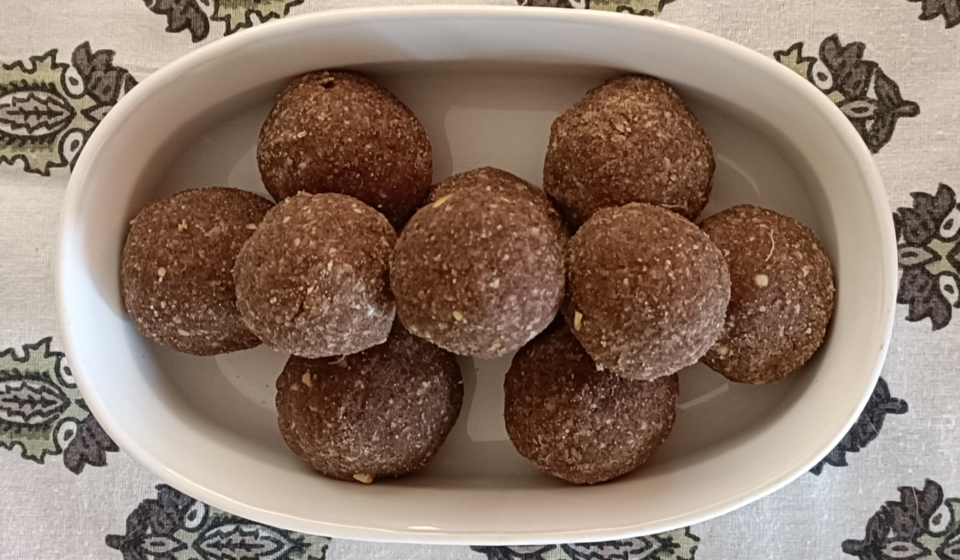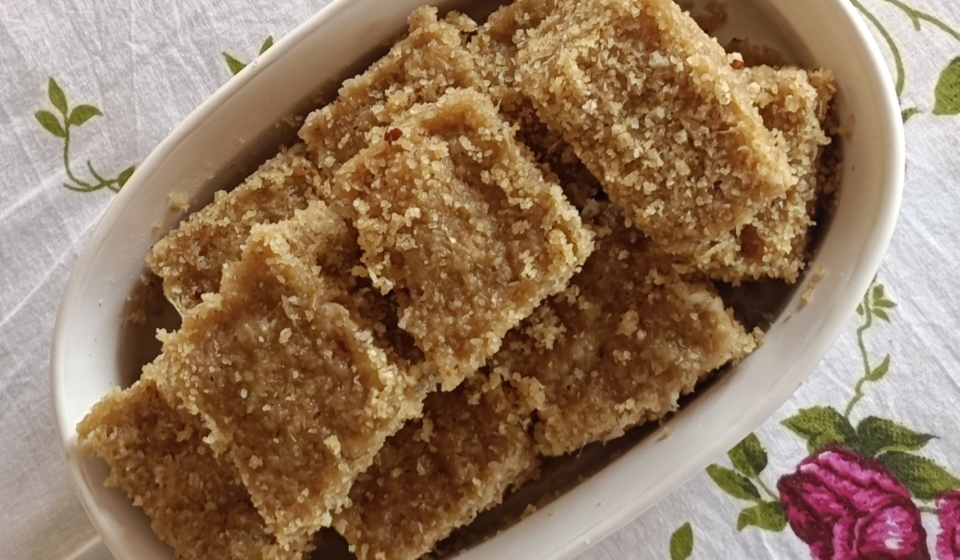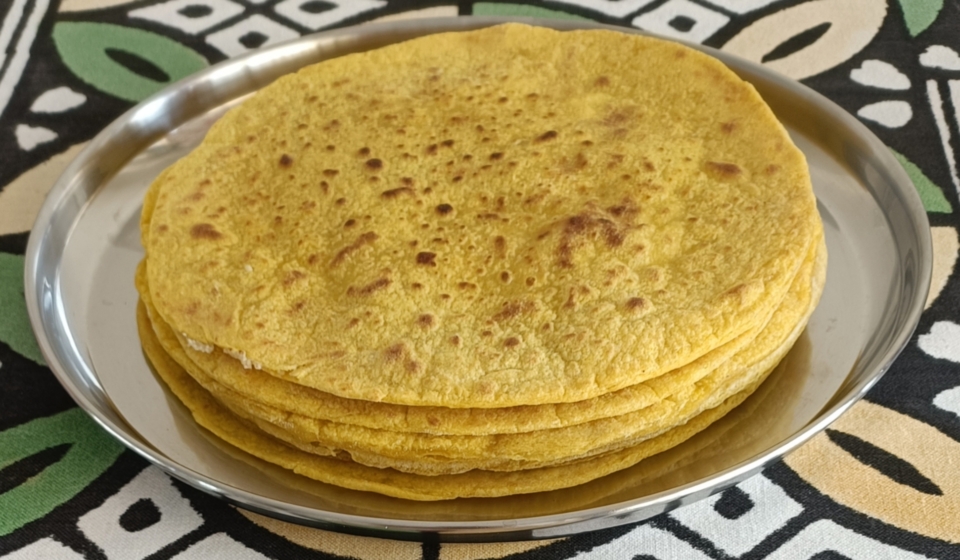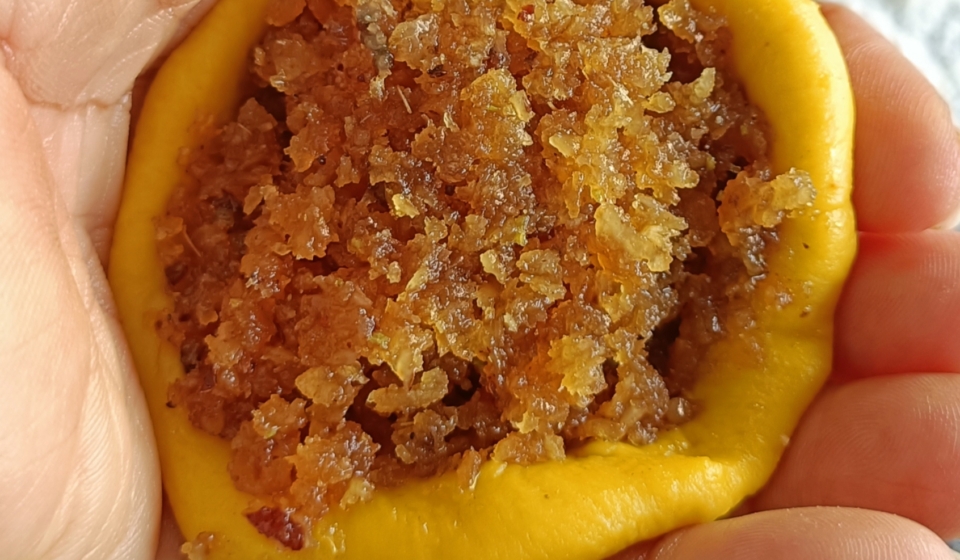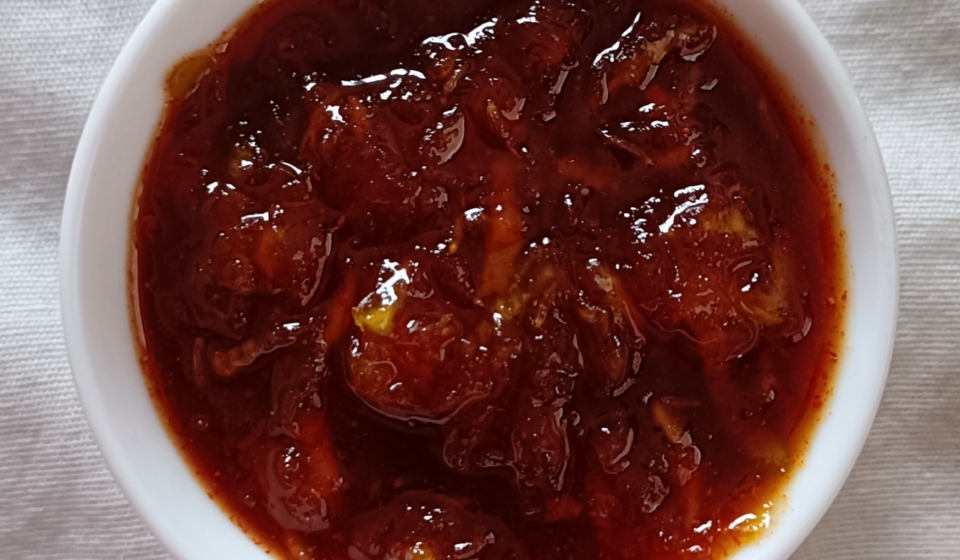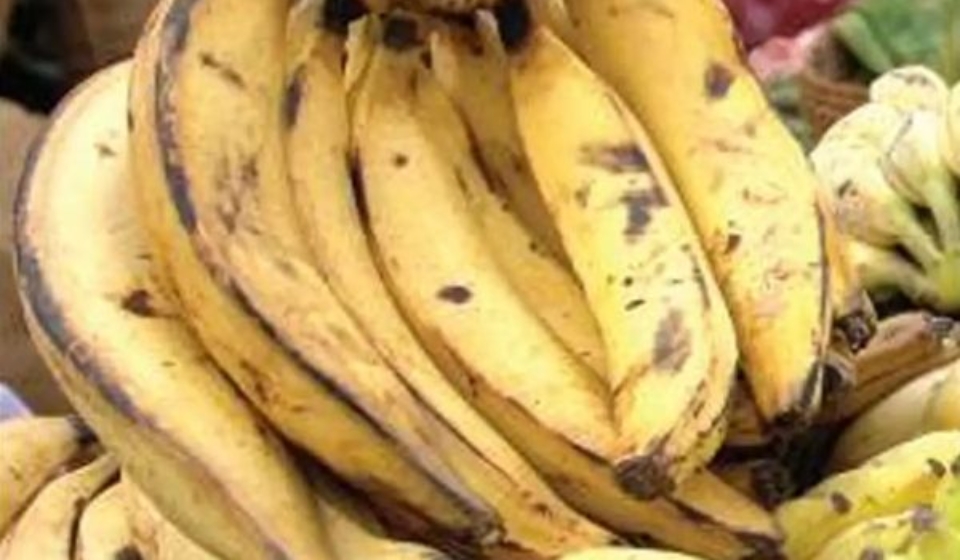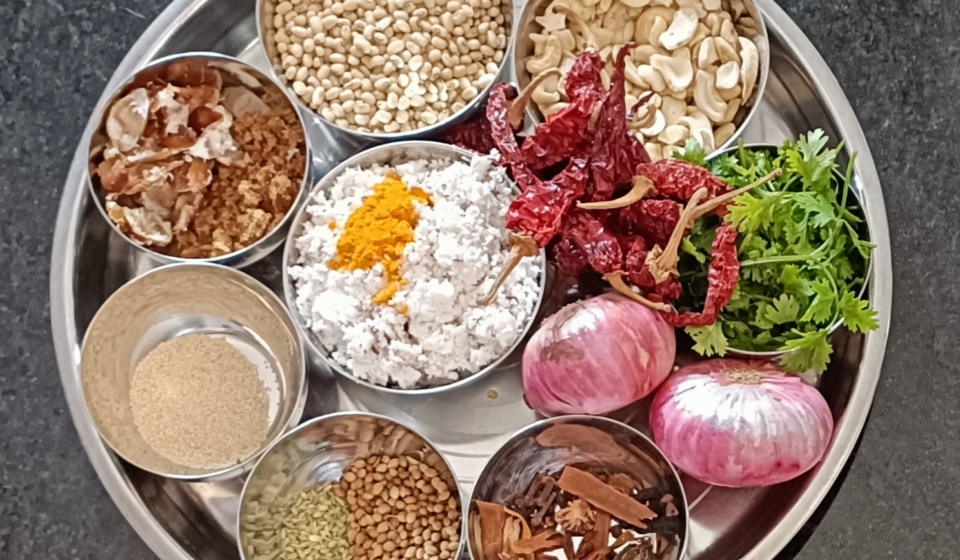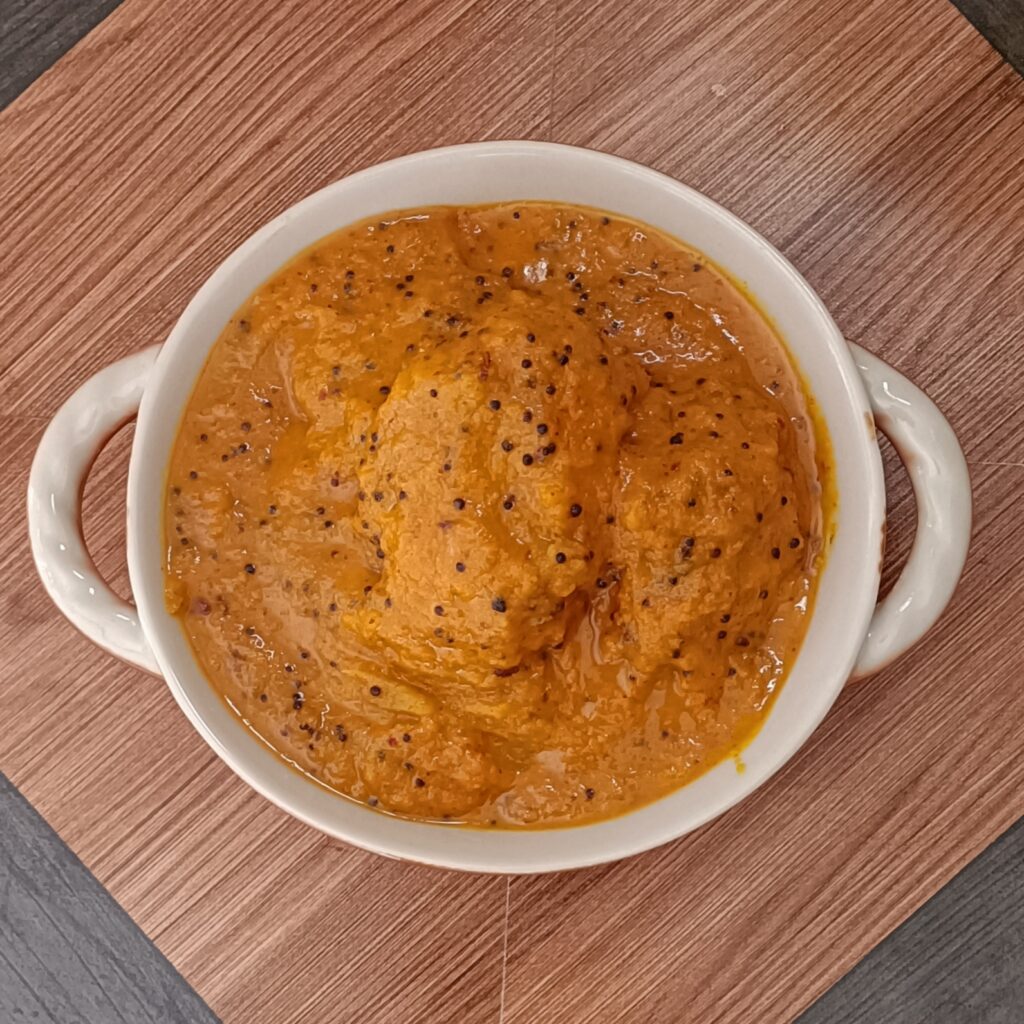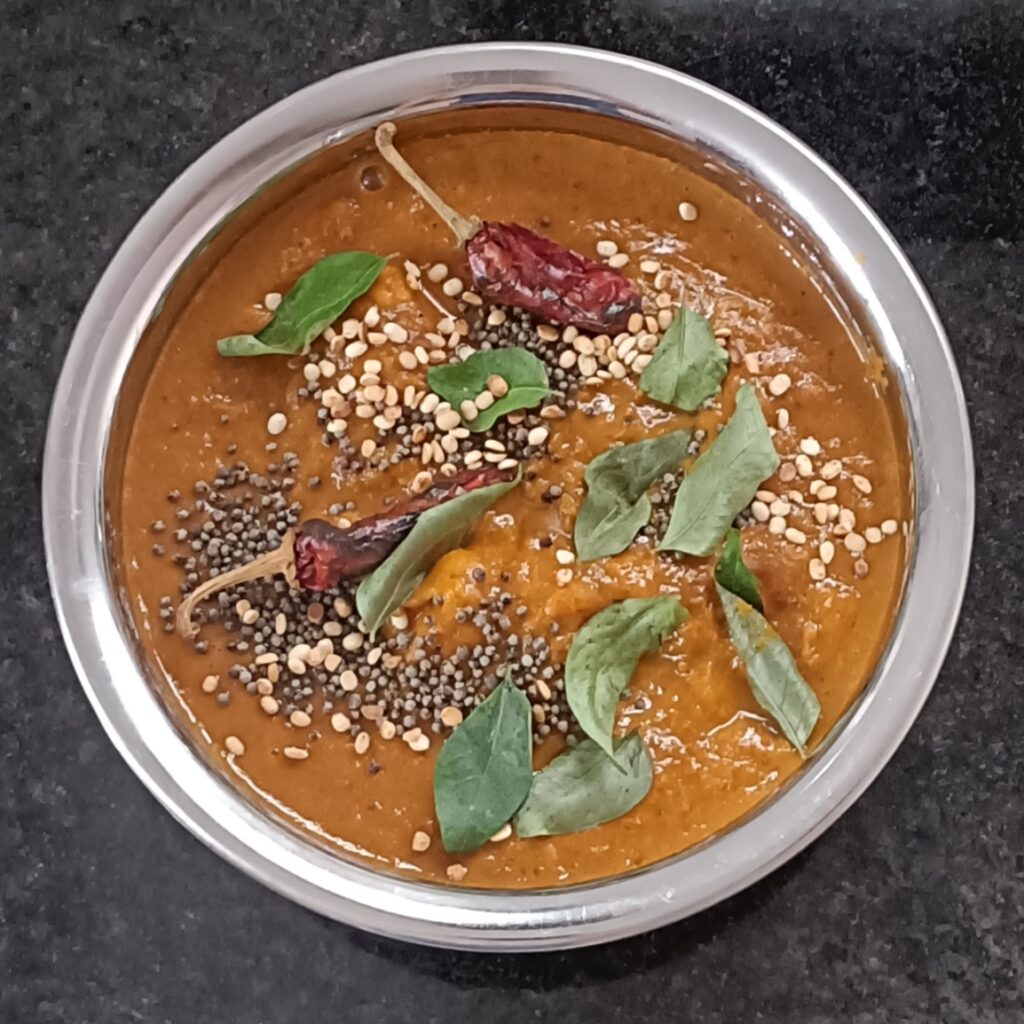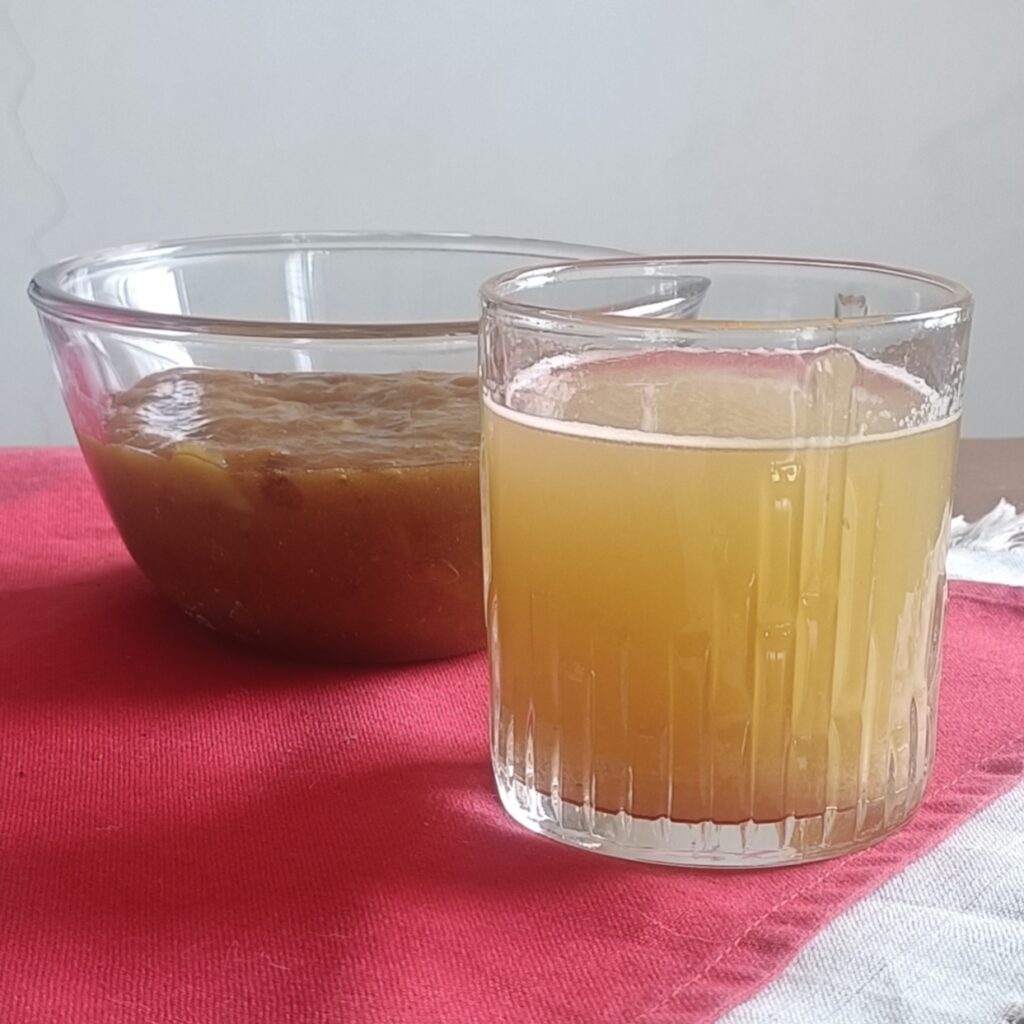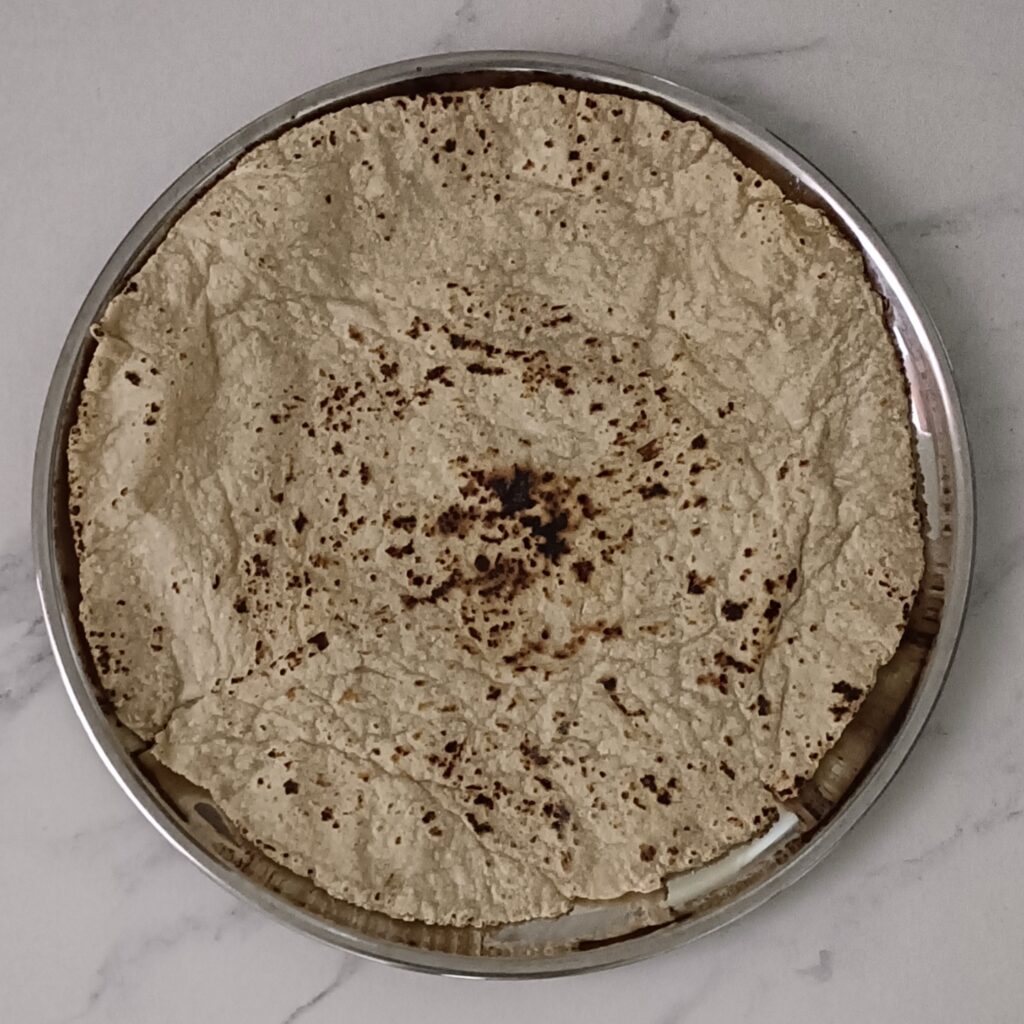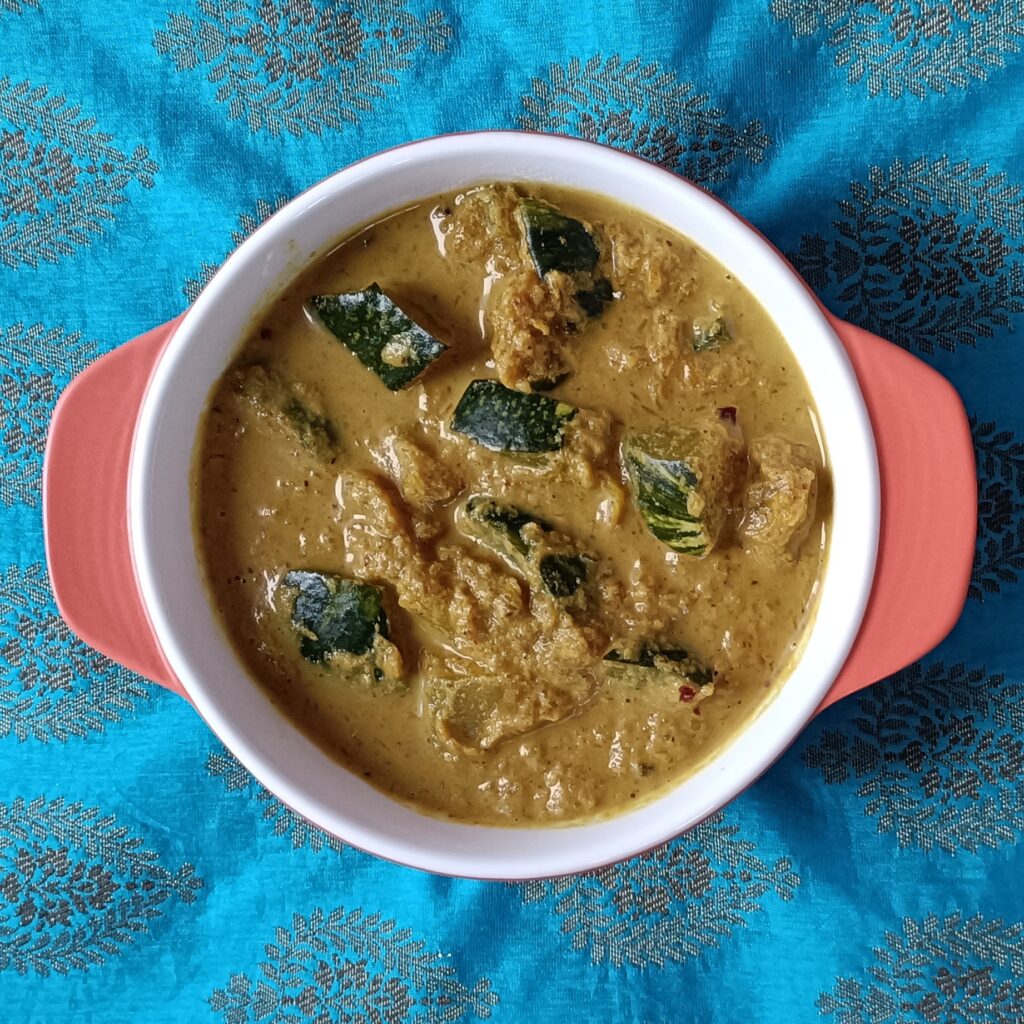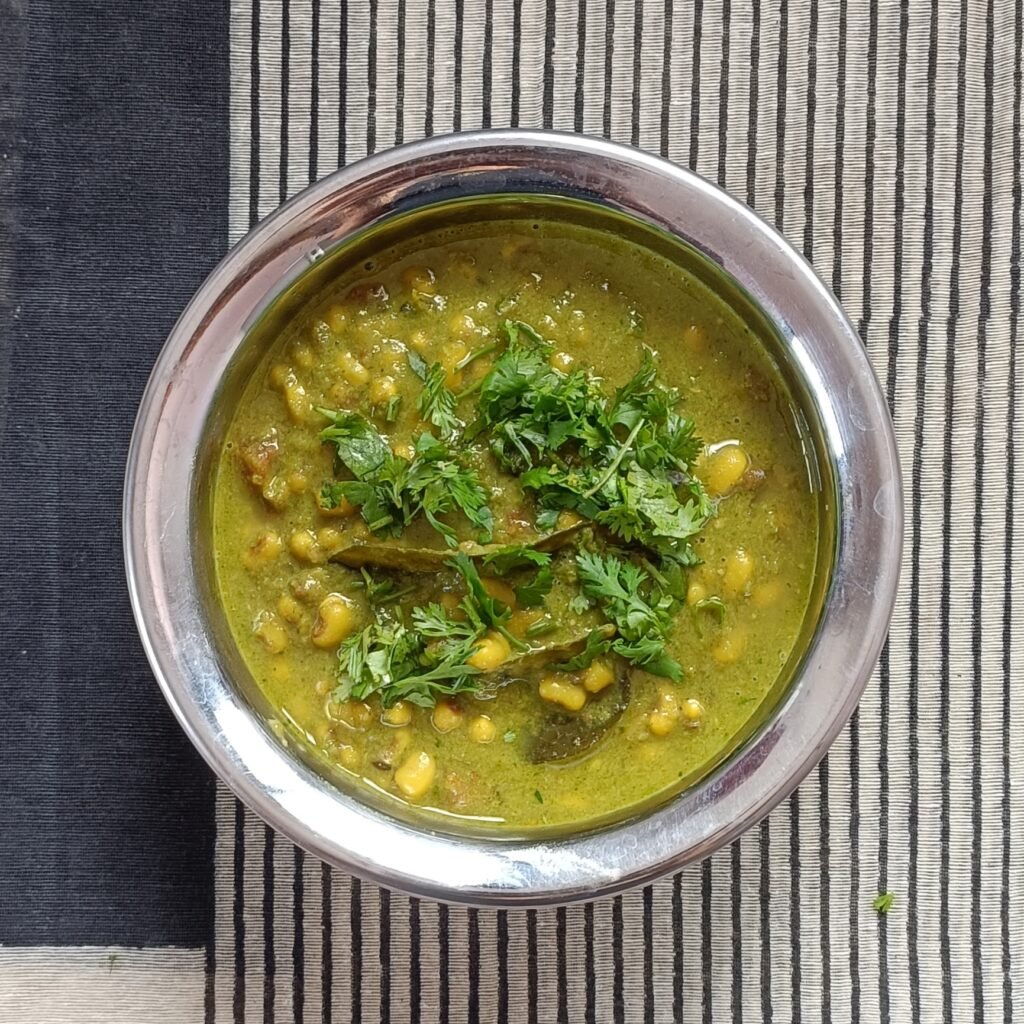
Gawar-Shengdanyachi Bhaji (Cluster Beans with Peanut)
Cluster beans are a good source of fiber, protein, vitamins, and minerals. They are low in calories and may help improve digestion and heart health, and control blood sugar. The fibre in them promotes feelings of fullness and may also help prevent constipation. Cluster beans contain vitamin C, an antioxidant that boosts the immune system, and Vitamin K, which is important for blood clotting and bone health. They contain calcium and potassium, which are crucial for bone strength, and potassium, which helps regulate blood pressure and heart health. These beans contain antioxidants that help combat oxidative stress and reduce inflammation. They also have a low glycemic index, meaning they don’t cause rapid spikes in blood sugar levels and are therefore good for diabetics if eaten without the oil that is normally used to cook such vegetables.

